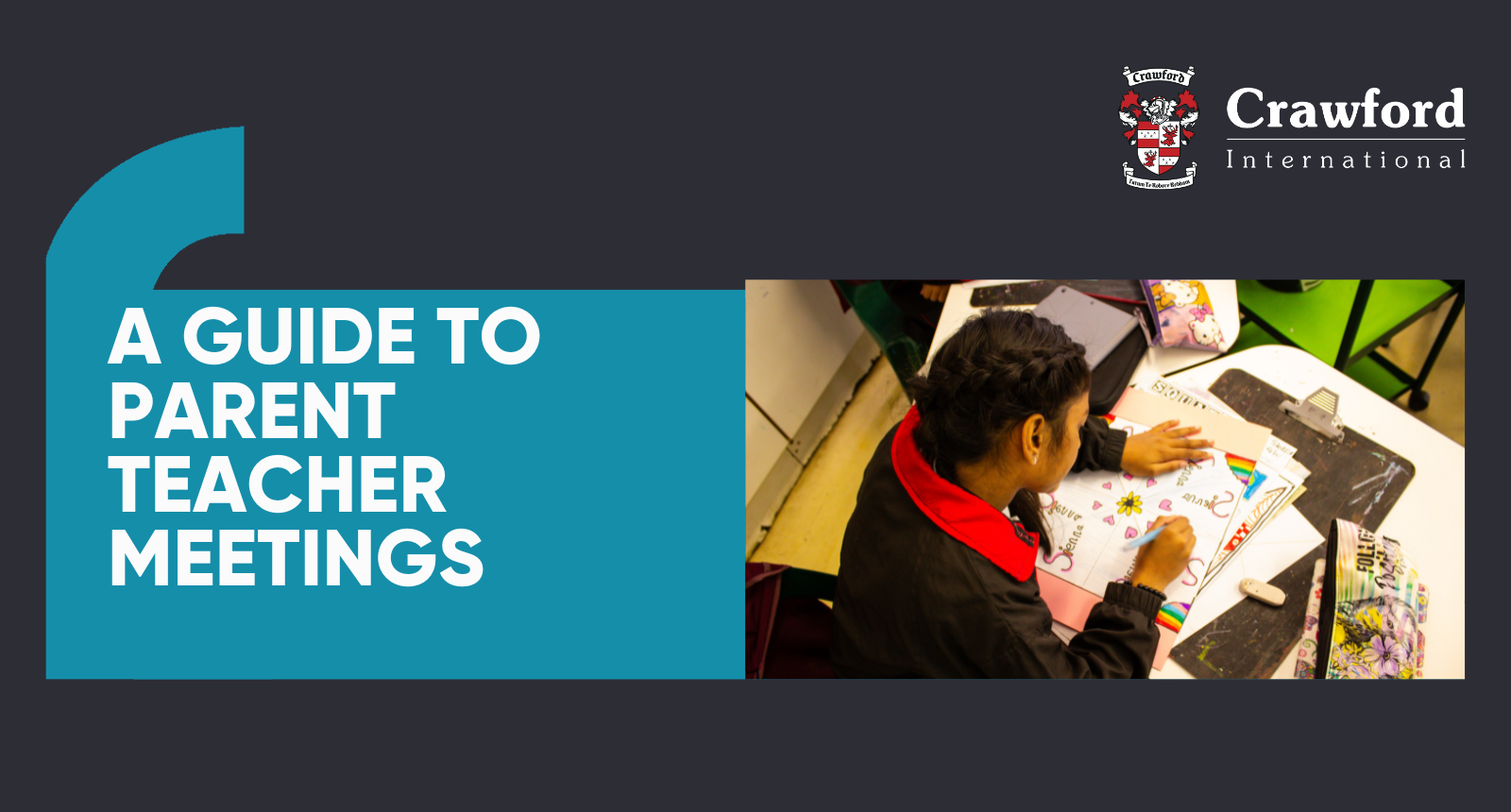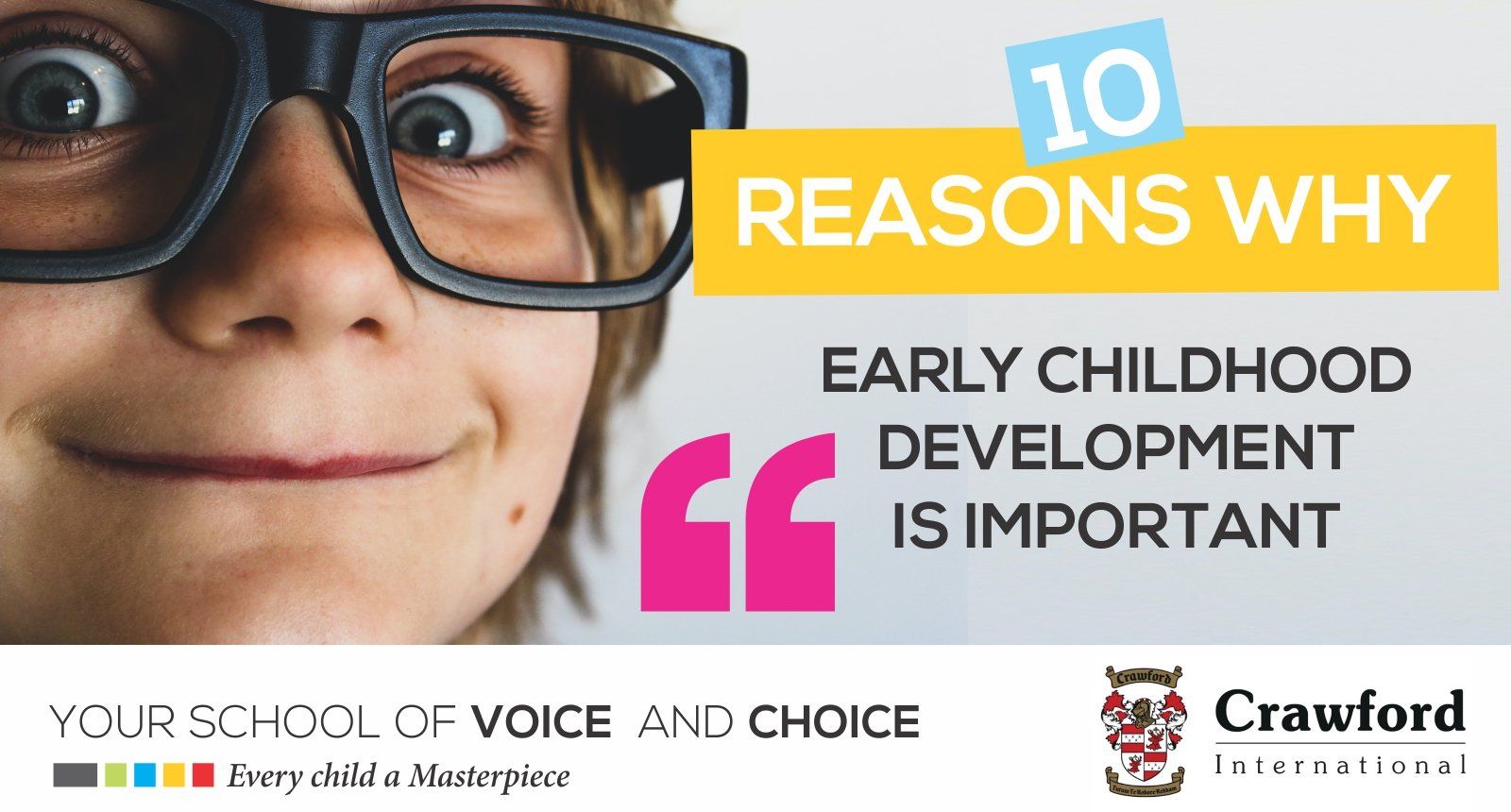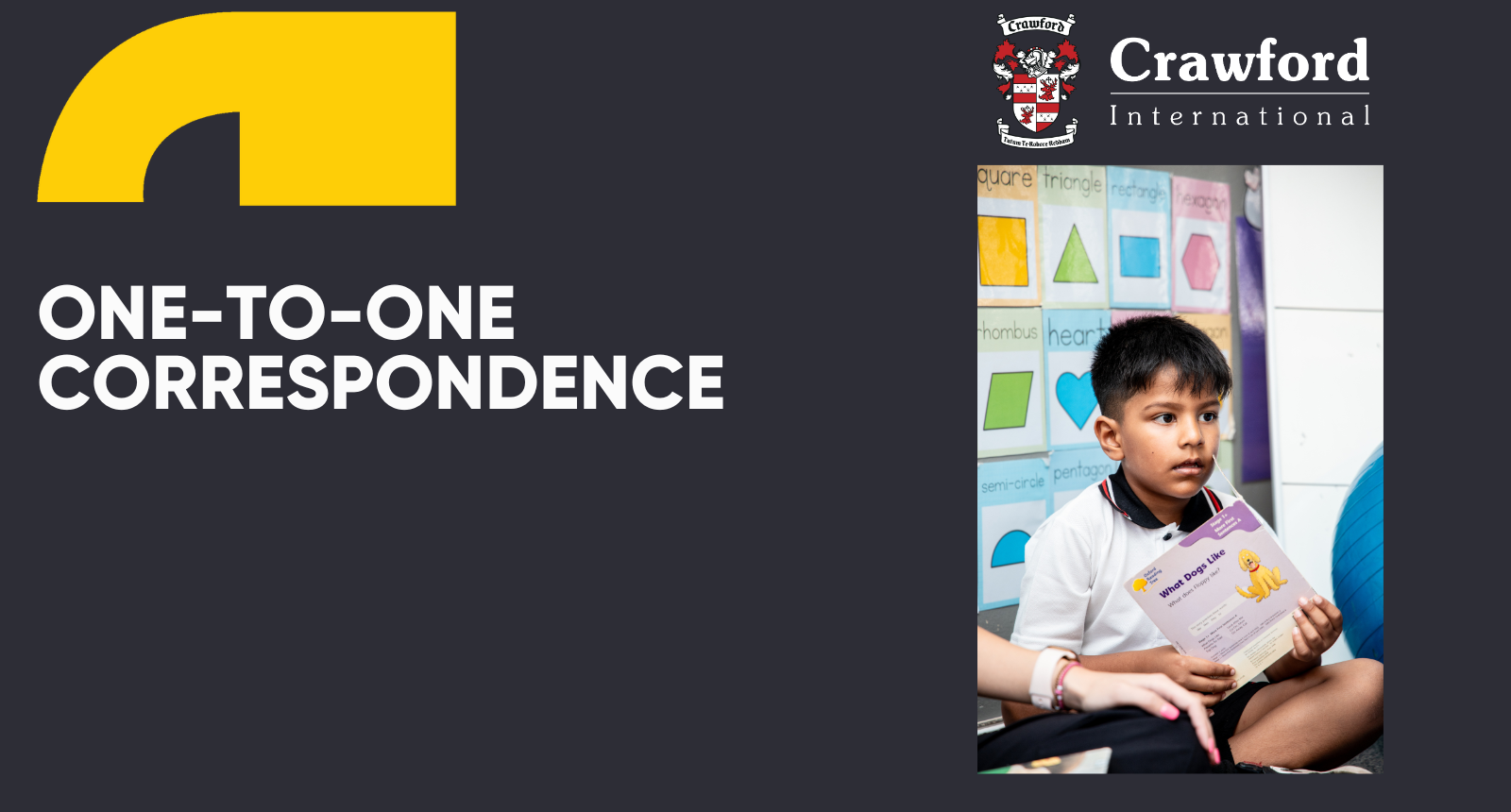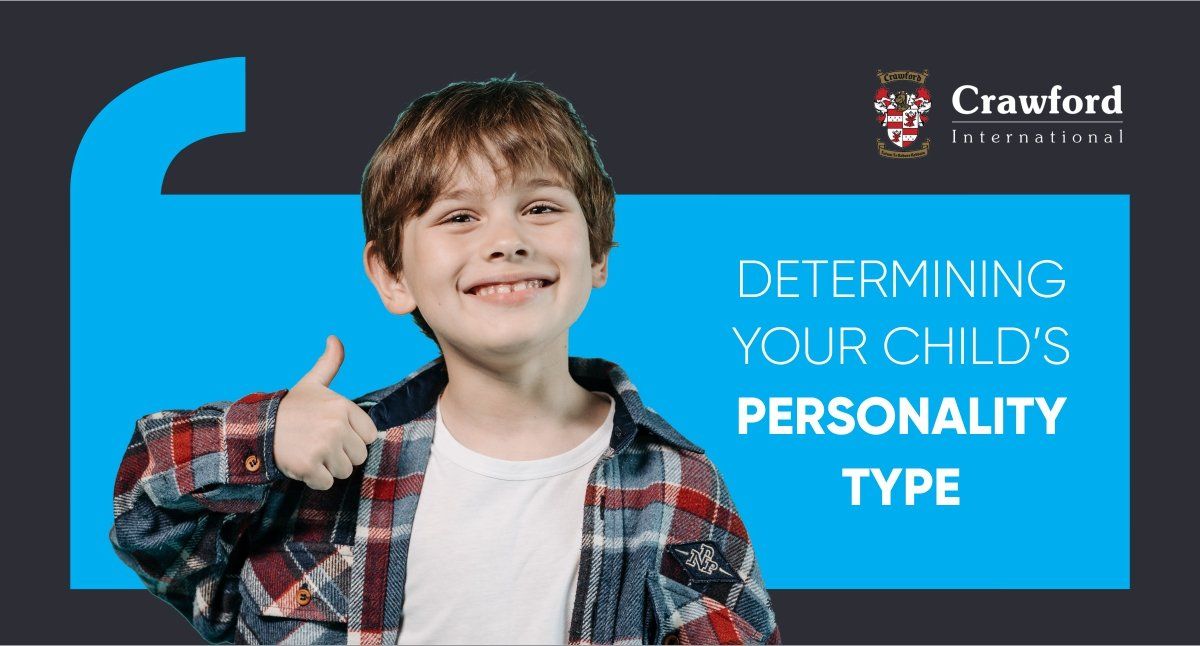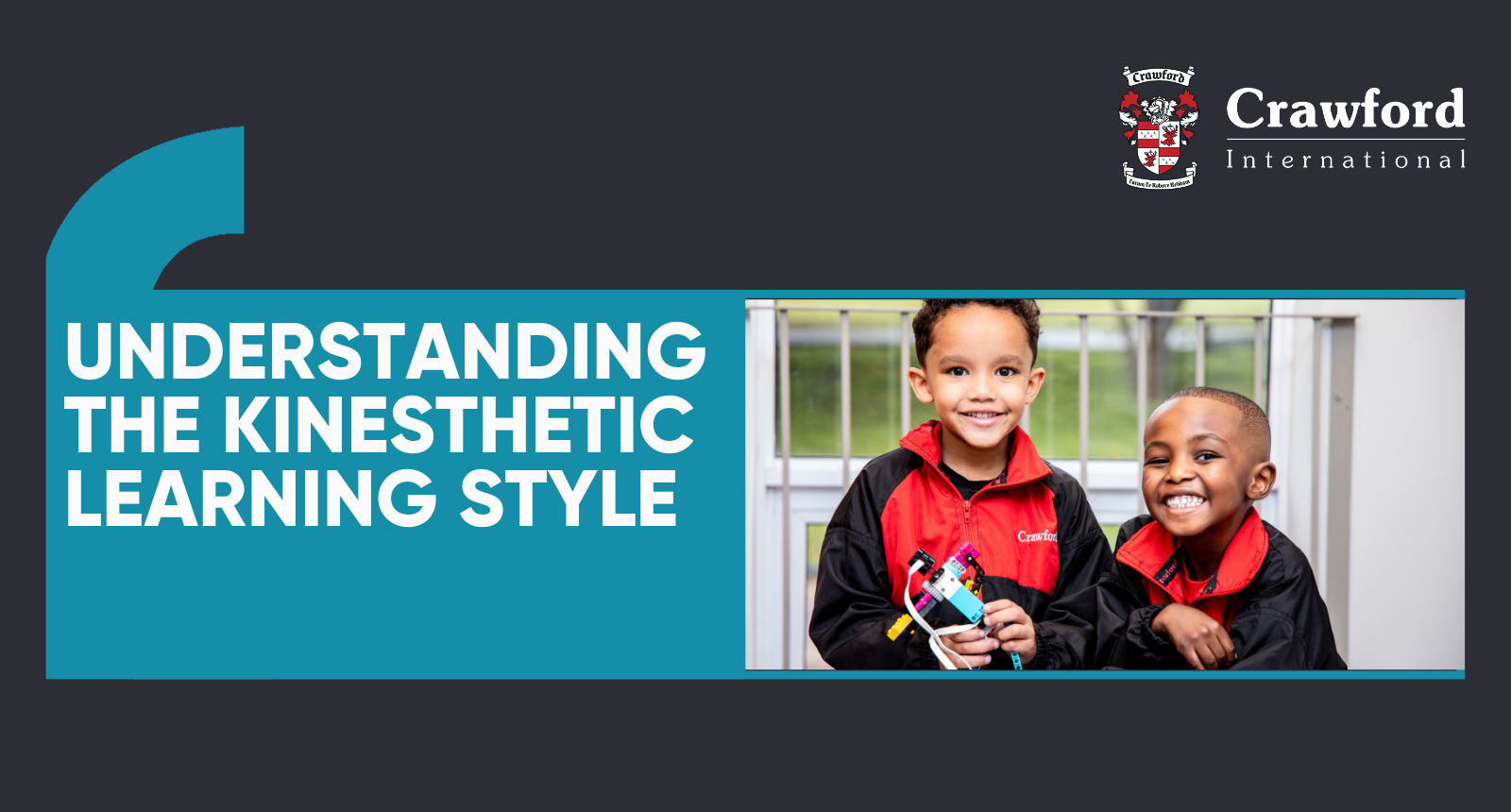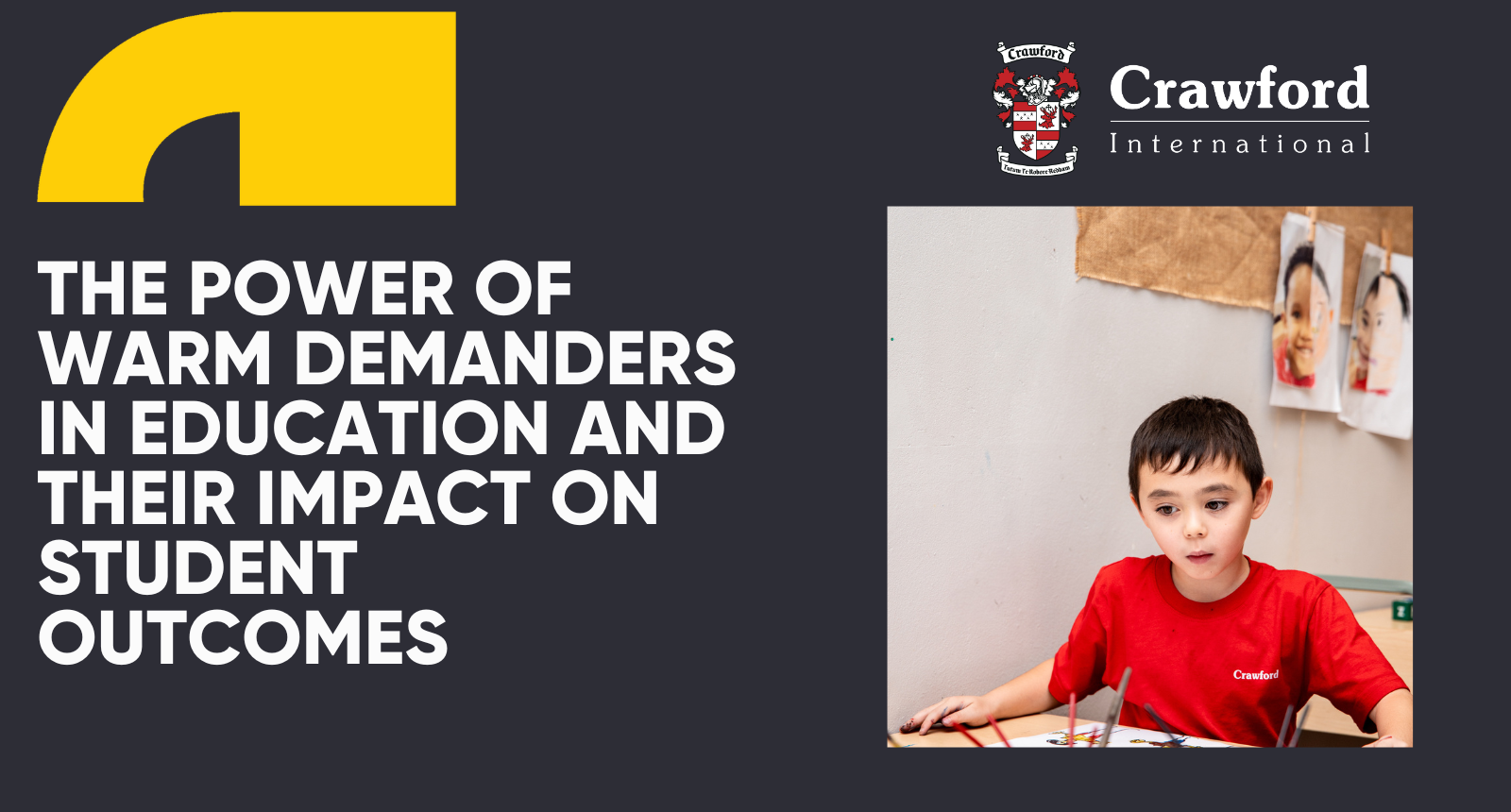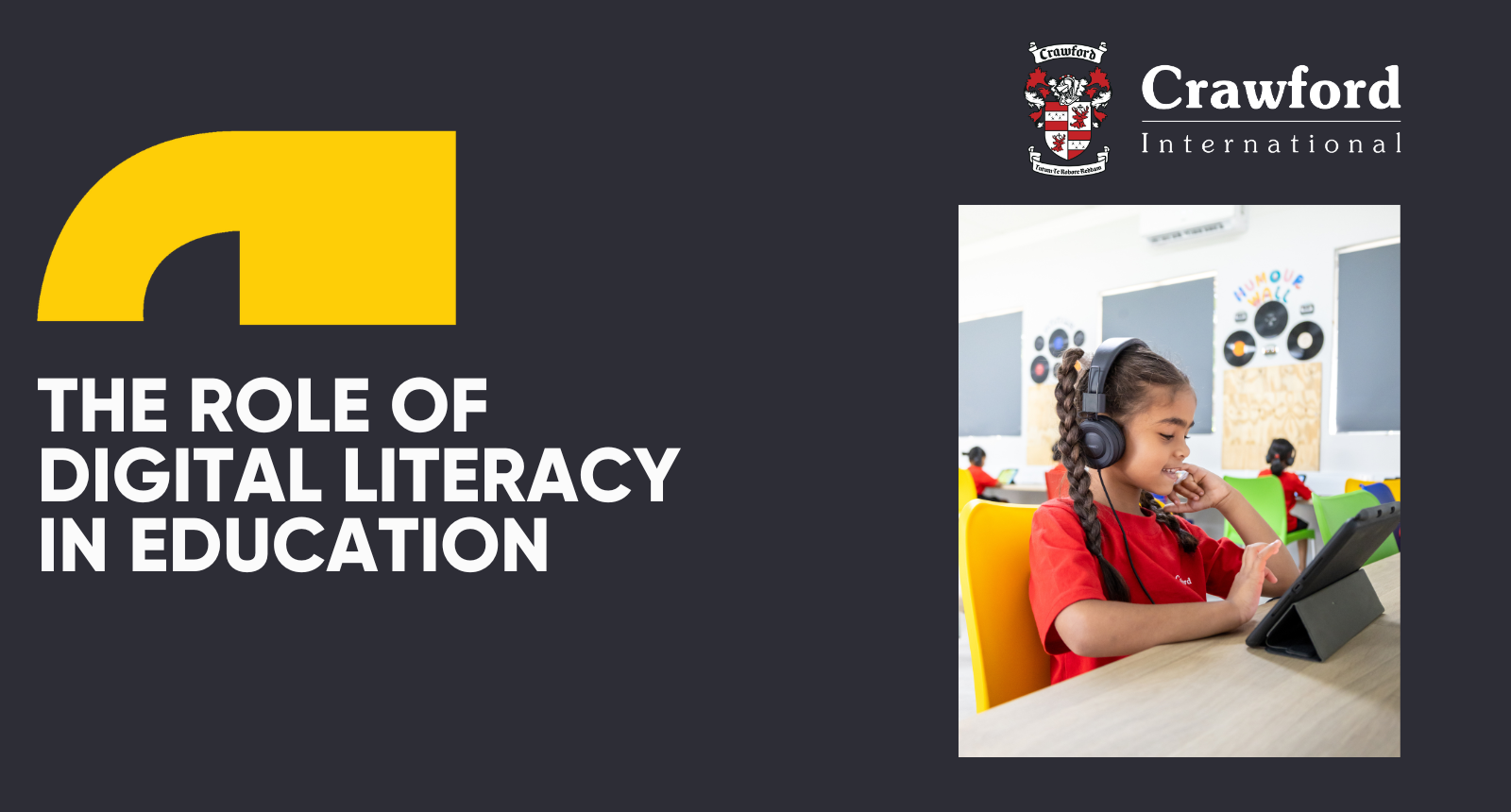Your teen: Peer pressure and influence
February 9, 2023
The influence of your child’s friends, social media, and even celebrities doesn’t have to be a bad thing. Find out why by exploring the nuances of peer pressure and peer influence.
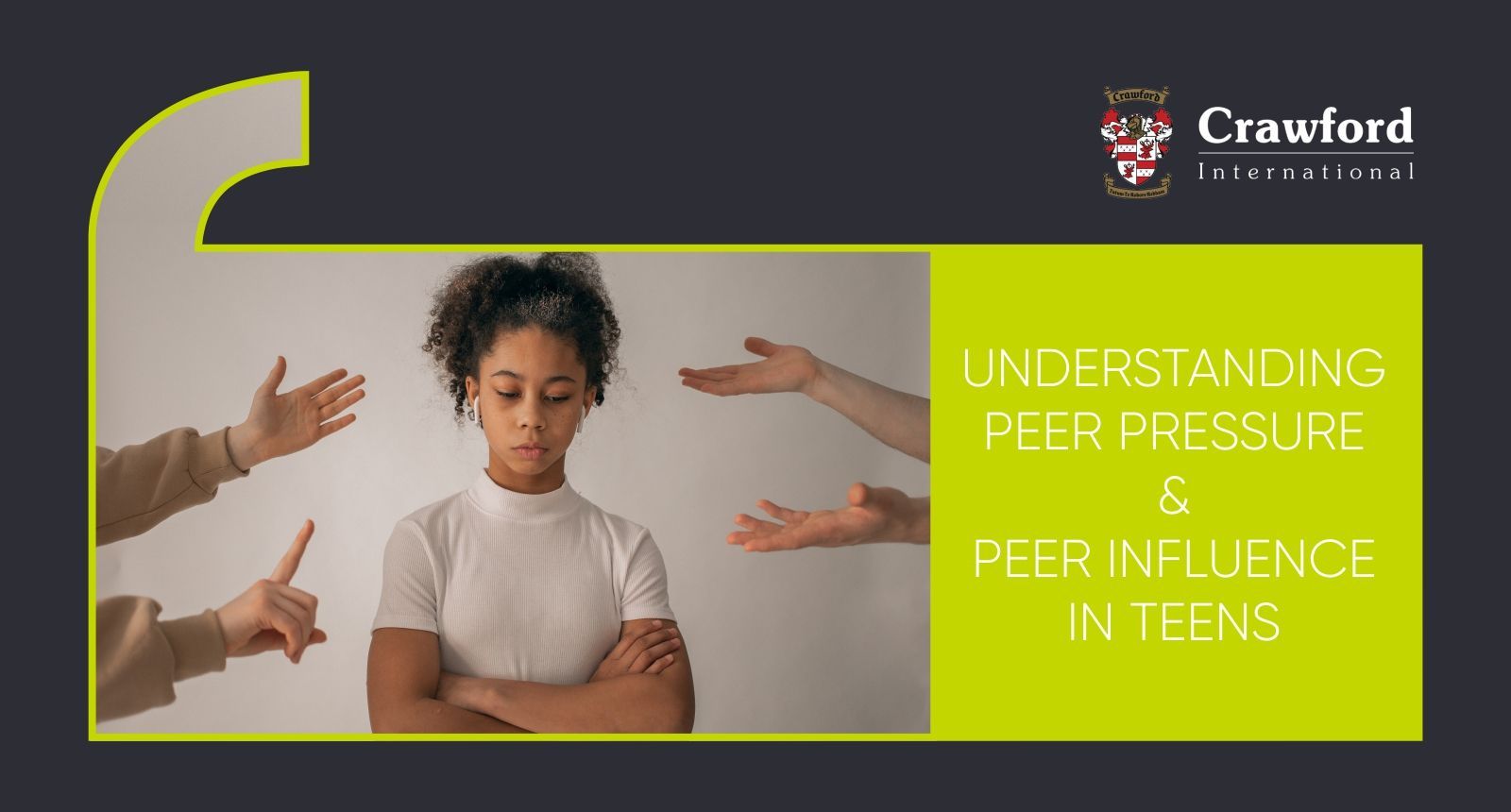
Under pressure. This isn’t just Freddie Mercury and David Bowie’s ubiquitous refrain, but something our teens are standing up to daily. Added to the stresses of academic and sporting achievement are the extra forces of peer pressure and influence, social media, socio-economic upheaval, and even life in a post-pandemic world. These all have the potential to mould your child, but whether this is for the positive or negative has a lot do with how they (and you) handle these pressures. And for our adolescents, peer influence and peer pressure are main players in this balancing act.
What is peer Influence?
Think back to your youth… fitting in and being accepted by your friends were almost more important than anything else. And this is completely normal for the teen years. Now is when your child is carving out more of their identity and figuring out their individual place in the world, and peer groups play a big role in this.
Peer groups are not just your teen’s friends, they also include people they admire and who they would see as playing an important role in their lives. In fact, they may be dealing with the impact of several different peer groups during this time – their school friends, social media groups, celebs or sports teams, and adult role models. Through these peer groups, your teen is exposed to different opinions, cultures, types of music, ways of dressing, and lifestyles.
The influence that these peer groups have on how your teen feels, thinks, and acts is what we call ‘peer influence’ – your teen is is choosing to do something that they wouldn’t ordinarily do. And it’s not necessarily a bad thing, as this can provide guidance on and motivation, even sustaining your teen’s spirit during a phase of life that can be difficult and confusing. It is persuasive rather than pervasive, and your child still has a choice of whether to follow the group or not.
So, if your teen starts wearing the same clothes and hairstyles as their friends or changing how they talk or use different words to what they did before, it may just be a sign of healthy peer influence. It’s all about exploring the wider world outside of the family unit and belonging to something outside of the family unit. In the most positive sense, peer influence could even have your teen working harder to achieve better marks or performing better at their sports.
What is peer pressure?
When the influence of their peer groups crosses over into instances where your teen feels like they must take part in risky behaviour that could have serious and potential long-term consequences, we enter the realm of peer pressure.
When they’re under peer pressure, teens my start smoking, skip school, drink alcohol, etc. Here it feels like there is no choice – if you don’t do as the group says, you’re not accepted. That kind of pressure eats away at individual identity, because it’s about doing what others are doing and whether that’s something good or bad is irrelevant.
It’s also very easy for bullying to occur as a result of peer pressure because it’s about pushing the limits and not encouraging positive influence.
Dealing with peer influence and pressure is about balancing the need to fit in with the group and being yourself. By providing a foundation of values and strong sense of self, you help enable your teen to draw the line between peer pressure and peer influence and be assertive enough to stand up with assertiveness against risky things.
When to worry about your teen & peer pressure
It can be difficult to navigate these stresses, and you could see your teen’s mental health suffer as a result. If you see signs of a low mood for two or more weeks, bring it up with your child and consider reaching out for more support to work through it.
If you see:
- Sudden changes in behaviour for no reason
- Aggression or antisocial behaviour
- Low moods, lots of crying, hopelessness
- Trouble sleeping and/or a change in appetite
- Not wanting to go to school
- Not wanting to do the things they usually enjoy
- Saying things like, “Life’s not worth it,” or, “I just want to give up”
Chat to your GP or contact resources like SADAG or Childline for guidance.

